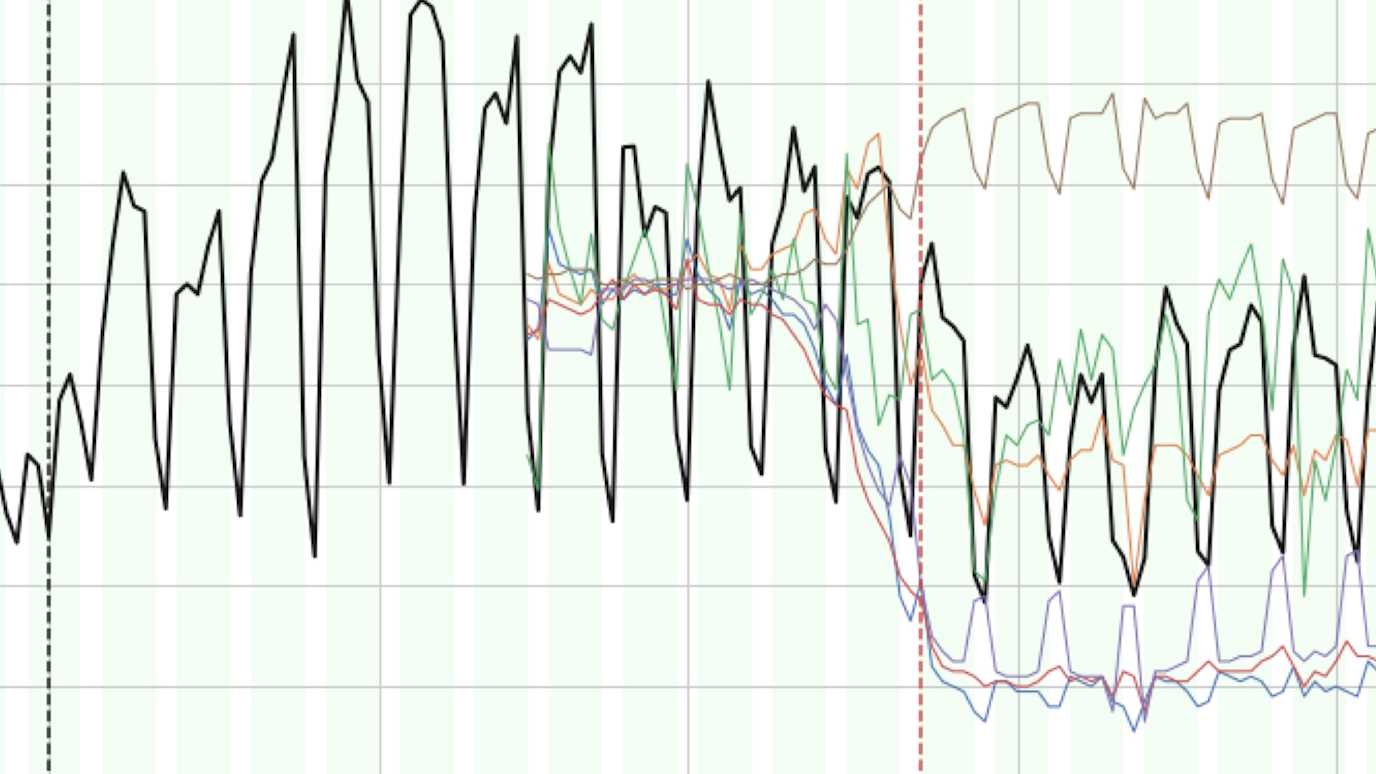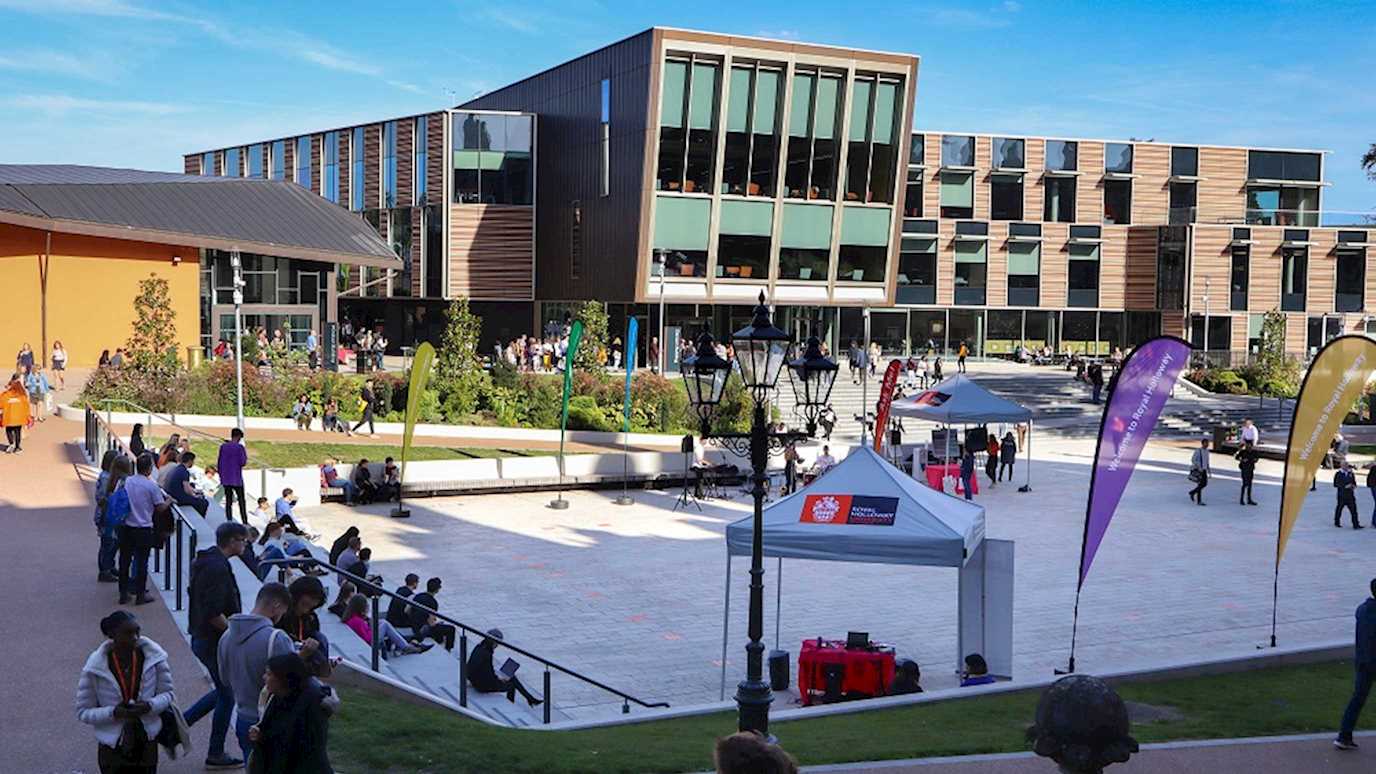The reduction in movements by people on the planet during lockdown caused human-linked vibrations through the Earth to drop by an average of 50% between March and May 2020.

The new research, published in Science, was led by the Royal Observatory of Belgium and five other institutions around the world, including Royal Holloway, University of London, and shows that the reduction of ‘seismic noise’ caused by humans was more pronounced in more densely populated areas.
The study shows the first evidence that previously concealed earthquake signals, especially during daytime, appeared much clearer on seismometers in urban areas during lockdown.
The low seismic noise levels from humans thus provide an opportunity to look for smaller earthquakes with small amplitudes that normally drown in the background noise and will help to differentiate between human and natural seismic noise more clearly than ever before.
Detecting these small events is essential for seismic hazard assessment and to learn more about earthquakes occurring in previously unidentified locations.
Co-author Dr Paula Koelemeijer, from the Department of Earth Sciences at Royal Holloway, said: “This unprecedented period of low seismic noise opens up exciting new avenues for seismological research. However, the study is very much a silver lining to what remains a global tragedy in terms of the pandemic.
“It has led to a unique cross-over opportunity between seismology and social science, which does not only allow us to learn more about the Earth, but also about how seismic noise may be used as proxy for human behaviour and the way humanity responds to the Covid-19 outbreak.”
Measured by instruments called seismometers, seismic noise is caused by vibrations within the Earth, which travel like waves. The waves can be triggered by earthquakes, volcanoes and landslides - but also by daily human activity like travel and industry.
Although 2020 has not seen a reduction in earthquakes, the drop in human-caused seismic noise is unprecedented since the start of dense monitoring networks.
The strongest drops were found in urban areas, but the study also found signatures of the lockdown on sensors buried hundreds of metres underground and in more remote areas.
Human-generated noise does usually lessen during quiet periods like over the Christmas and New Year period and Chinese New Year, during weekends and overnight. However, the drop in vibrations caused by the Covid-19 lockdown measures eclipse even those seen during these periods.
To gather the data, researchers looked at seismic data from a global network of 268 seismic stations in 117 countries and found significant noise reductions compared to before any lockdown at 185 of those stations.
Beginning in China in late January 2020, and followed by Europe and the rest of the world in March to April 2020, researchers tracked the ‘seismic lockdown wave’ of quietening between March and May as worldwide lockdown measures took hold.
The largest drops in vibrations were seen in the most densely populated areas, like Singapore and New York City, but drops were also seen in remote areas like Germany’s Black Forest and Rundu in Namibia.
Citizen-owned seismometers, which tend to measure more localised noise, noted large drops around universities and schools around Cornwall, UK and Boston, USA – a drop in noise 20 per cent larger than seen during school holidays.
Countries like Barbados, where lockdown coincided with the tourist season, saw a 50 per cent decrease in noise. This coincided with flight data that suggested tourists returned home in the weeks before official lockdown.
Over the past few decades, seismic noise has gradually increased as economies and populations have grown.
The drastic changes to daily life caused by the pandemic have provided a unique opportunity to study their environmental impacts, such as reductions in emissions and pollution in the atmosphere. The changes also gave the opportunity to listen in to the Earth’s natural vibrations without the distortions of human input.
The study’s authors hope that their work will spawn further research on the seismic lockdown, as well as finding previously hidden signals from earthquakes and volcanoes.
Lead author Dr Thomas Lecocq from the Royal Observatory of Belgium said: "With increasing urbanisation and growing global populations, more people will be living in geologically hazardous areas.”
“It will therefore become more important than ever to differentiate between natural and human-caused noise so that we can ‘listen in’ and better monitor the ground movements beneath our feet. This study could help to kick-start this new field of study.”
























